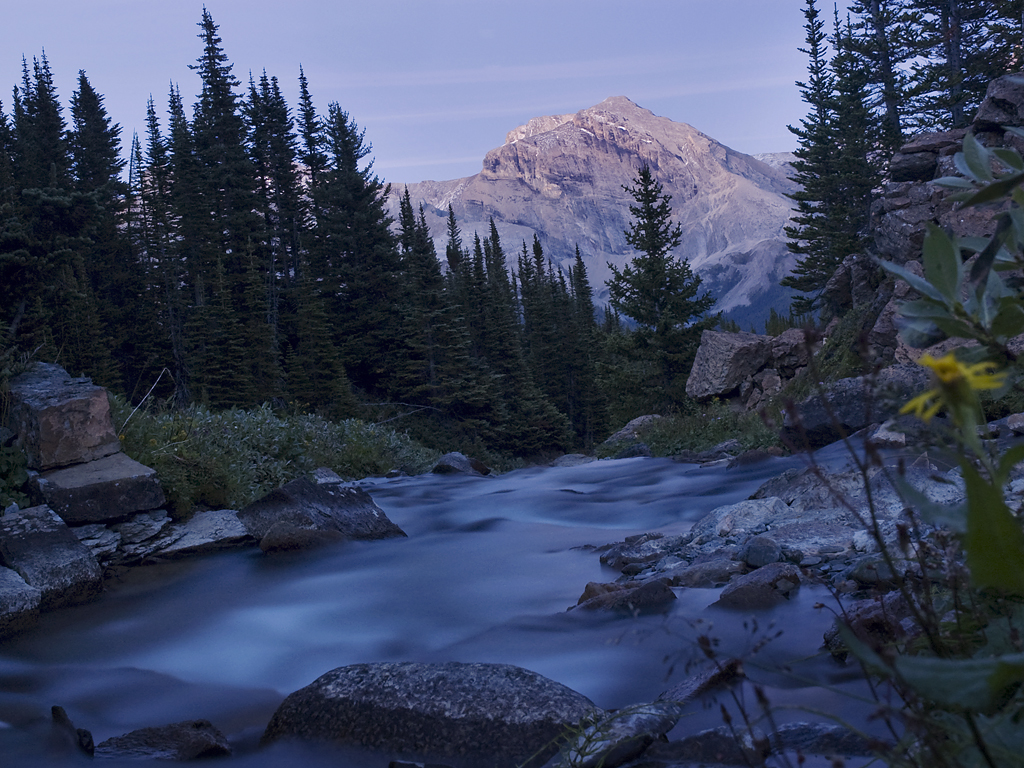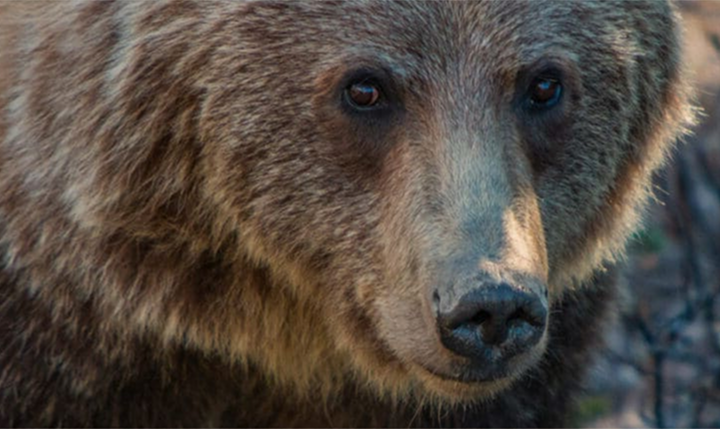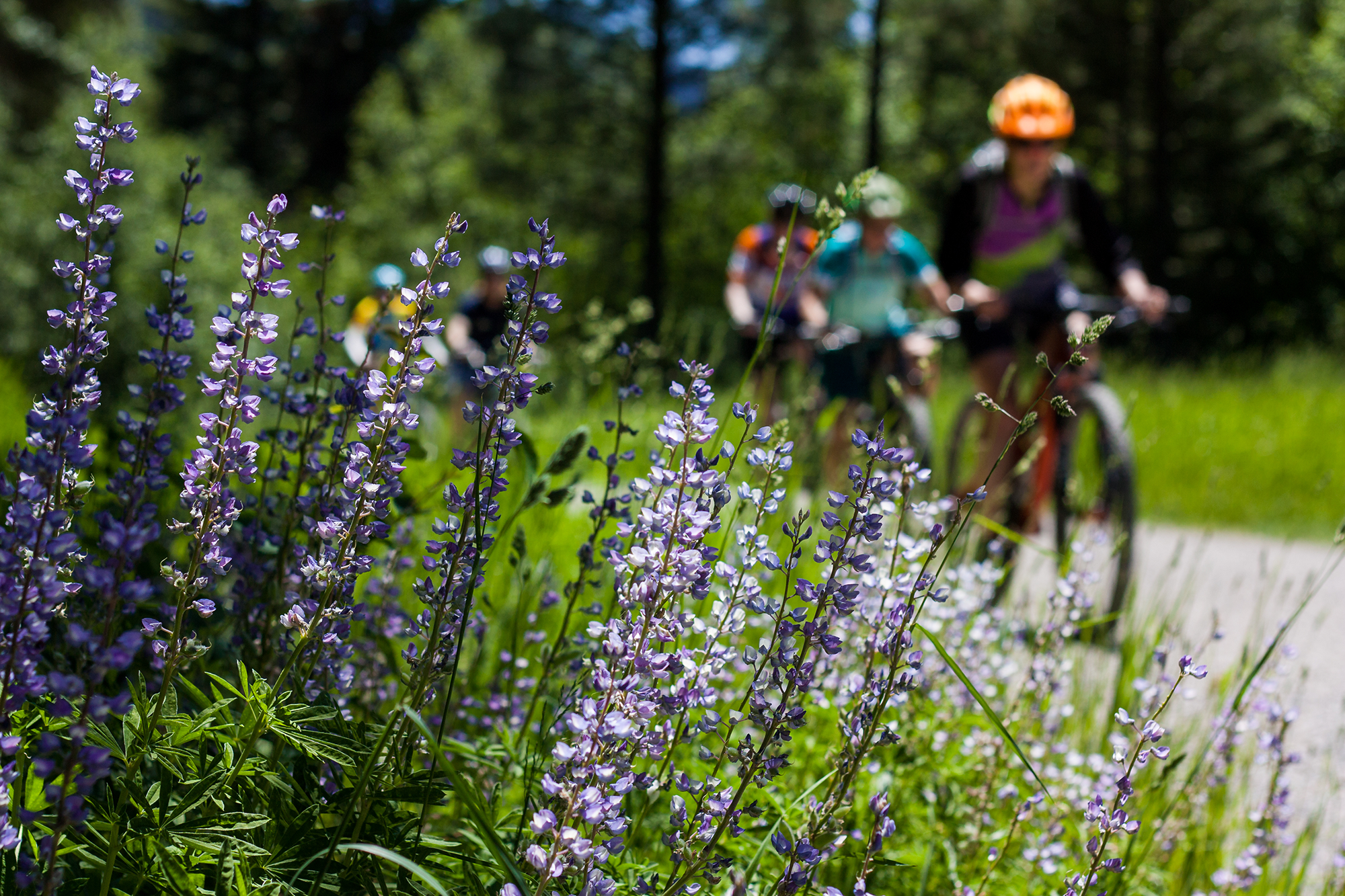The Canada Strong Pass grants free admission for all to national parks and historic sites, meaning more people than ever will have the opportunity to explore our greatest shared wonder: the natural world. Our connection to the cherished landscapes, mountains, waters and wildlife defines Alberta and our culture, and cannot be overstated.
Increased access is worth celebrating. Getting into nature is a fundamental part of people’s health, as well as the health of society at large. When people connect with nature, they’re also more likely to care for it. That’s why this summer is a hopeful one — it’s a chance to grow a new generation of nature advocates.
For Albertans, this conversation hits particularly close to home. The Rocky Mountains are more than a destination; they’re part of our identity. From the towering peaks of Banff to the pristine wilderness of Jasper, these landscapes shape how we see ourselves and our place in the world. The same is true across Canada, where our national parks preserve the very essence of what makes this country extraordinary: vast boreal forests, rugged coastlines, Arctic tundra and prairie grasslands that stretch to the horizon.
The Canada Strong Pass encourages more people to discover these treasures. This is fundamentally positive. Connection to nature is essential for our collective well-being and environmental consciousness. When visitors experience the majesty of a sunrise over Lake Louise or make memories in the mountains with friends or family, they become stakeholders in conservation. These experiences forge the emotional bonds that sustain long-term environmental protection.
Yet, increased visitation also brings challenges. Popular trails suffer from erosion, wildlife becomes stressed by human presence and fragile ecosystems face increased pressure. The problem isn’t that too many people love our parks; it’s that we need to invest more in managing that love responsibly. We need increased resources to manage existing parks, and we need more parks for both people and nature.
The federal government must match the Canada Strong Pass with strong parks management and education — empowering visitors to minimize their effects — to balance recreation with protecting nature. Parks Canada is doing heroic work with what they’ve got, but they’re stretched thin.
Record numbers of visitors are flocking to Canada’s 37 national parks and 11 national reserves each year. Since 2010, visitor numbers have exceeded 12 million, and in 2024 reached 15 million, according to Parks Canada. Trends are similar in Alberta. This puts pressure on existing parks and the species that live there. We need to ensure we put adequate resources into managing existing parks and create more protected areas and parks to make enough wild space for both people and wildlife to thrive.
Record numbers of visitors are flocking to Canada’s 37 national parks and 11 national reserves each year. Since 2010, visitor numbers have exceeded 12 million, and in 2024 reached 15 million, according to Parks Canada. Trends are similar in Alberta. This puts pressure on existing parks and the species that live there. We need to ensure we put adequate resources into managing existing parks and create more protected areas and parks to make enough wild space for both people and wildlife to thrive.
The solution is to dramatically enhance our investment in park infrastructure, education and management. This means more interpretive programs that teach visitors about Leave No Trace and coexistence principles, expanded trail networks that distribute visitor effects, and sufficient staffing to maintain facilities and monitor ecological health.
At Yellowstone to Yukon Conservation Initiative, we see this moment as an opportunity. Y2Y drives conservation solutions at the scale that nature demands. We work to maintain natural connections for wildlife, for people and nature, communities and culture, for habitat and waterways.
From Yellowstone to Yukon, we strive to connect and protect enough space for a wide range of wildlife to roam, feed and reproduce. We know this requires sound management of existing federal, provincial and territorial parks, and we also need additional large, protected areas for nature and people, with wildlife corridors that enable animal movement between parks.
Summer is upon us. Let’s make sure that the places that define us today still define us as Canadians in the future.
The Canada Strong Pass opened the door — now let’s build the foundation to care for and expand upon these treasured parks for future generations.
– Jodi Hilty is the president and chief scientist at Yellowstone to Yukon Conservation Initiative, a transboundary organization working to protect and connect habitat across the world’s most intact mountain region.
(This op-ed ran in the Calgary Herald on July 24, 2025).


